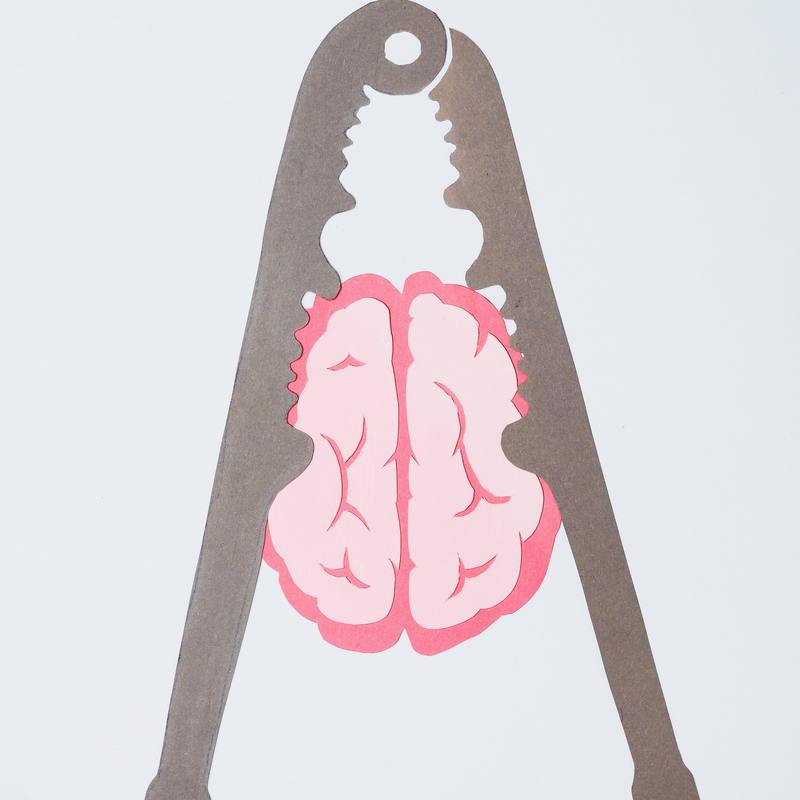Search
Joe Silver: Was he Jack the Ripper?
DOI: 10.17160/josha.9.6.866
Over ten weeks in Whitechapel in the Autumn 1888, five women (the ‘Canonical Five’) were brutally murdered by a mutilating serial killer. The murders represented a new form of killing. Jack the Ripper, the accepted metaphor for the killer, has become a cultural meme, with a new candidate surfacing every decade or so, without any solution as yet. A review of the killings is provided, followed by new forensic techniques that can be used to investigate the crimes. As it is accepted that new evidence will not arise after all this time, historians recommend a psychological approach as the only option to discover the killer. A promising approach, overcoming the limitations of profiling, is the spatial hypothesis developed by David Canter. This shows the likely base of the killer and posits that Aaron Kosminski, who died in an asylum, was the killer.
The ‘Ulamā in Borno: Their Status and Relationship With the State
DOI: 10.17160/josha.9.6.865
The place and status of ‘Ulamā as a major factor in the history of Borno are beyond all question. It is impossible to discuss much of Borno’s history, both past and contemporary, without paying attention to how ‘Ulamā have contributed to the intellectual, political, social, and economic development of the polity. First, they contributed greatly to the Islamisation of various places and peoples within and outside the polity. Second, the ‘Ulamā promoted literacy and scholarship. Third, some of the ‘Ulamā had succeeded in rescuing and building states and encouraged learning. The‘Ulamā’s blessing and prayer are also solicited in several individual rites of passage; and they are normally asked to preside over rituals related to naming ceremonies of newborns, marriage, and death. Yet, no research has been made on the status, position, and roles of the ‘Ulamā in Borno as well as their relationship with the state. This study, therefore, is designed to fill in this existing gap.
The Infamous SSRIs
DOI: 10.17160/josha.9.6.864
Antidepressants, and in particular selective serotonin reuptake inhibitors (SSRIs), hold an important role in our current society. 13.2% of the population in the United States of America are estimated to have used antidepressants between 2015-2018, and the usage is rising. Antidepressants were developed with the goal of improving people’s mental wellbeing, in particular during periods of depression. In addition to depression, antidepressants are also commonly used for treatments of anxiety, OCD, and eating disorders. Of these antidepressants, SSRIs are some of the most prescribed medications. Yet, although SSRIs now reach a broad segment of our population that struggle with mental health challenges, researchers still do not know how SSRIs work. Of greater concern, the jury is still out as to whether SSRIs have a significant impact on people’s mood and wellbeing. In this article, I dive into the research testing which effects SSRIs are documented to have in the short and long-term.
Newsletter - 11/2022 Collaborative Research Institute Intelligent Oncology (CRIION)
DOI: 10.17160/josha.9.6.862
Newsletter - 11/2022 Collaborative Research Institute Intelligent Oncology (CRIION)
Authentic Living in Existential Philosophy: A Hermeneutic Identification of Oscar Wilde’s Position
DOI: 10.17160/josha.9.6.861
One of the major concerns of existentialists is the question of authentic existence. Oscar Wilde, a famous Irish poet and playwright, whose literary works contain lots of philosophical nuances, also battled with the concept of authentic living. The paper is therefore an attempt to identify his concept of authentic existence or living in comparison with other existential philosophers. The work is qualitative research sourcing its data from various library materials with application of and hermeneutics and comparison. The finding of this work is that authentic living, for Oscar Wilde, means self-actualization, which is more comprehensive than the position of many existential philosophers. Linus Akudolu: oluchukwu1900@gmail.com
Editorial Volume 9, Issue 5
DOI: 10.17160/josha.9.5.860
Dear josha-journal readers, The year is ending, and josha-journal presents itself with a bulging basket of top-class contributions. First, we would like to point out another winner of a Demetrios award. Nadine Bleile won the prize in the Master category with her paper “Turning Point Motherhood”. It deals with the socially relevant question of how women can combine work and family. Also receiving a Demetrios award was Elena Greta Falcini for her work on art and artificial intelligence. Our focus on medicine is strongly represented this time by neuroscientist Pernille Bülow's contributions on psychological topics and especially on cancer research with contributions from Sina Reis, Michelle P. Peñaherrera and Carlos A. López. A topic on which there can never be enough research. We wish all our readers a good read. Stay tuned to us.
Newsletter - 09/2022 Collaborative Research Institute Intelligent Oncology (CRIION)
DOI: 10.17160/josha.9.5.859
Newsletter - 09/2022 Collaborative Research Institute Intelligent Oncology (CRIION)
Habitat Viability and Threat Assessment Survey of Indian Soft-Shell Turtle Nilssonia gangetica in Gomti Lake, Central Gujarat, India
DOI: 10.17160/josha.10.1.858
A preliminary survey was conducted to determine the conservation importance of Gomti lake situated in Dakor town (Kheda district), Central Gujarat. The lake happens to be one of the last strongholds of an endangered freshwater turtle species– Indian soft-shell turtle (Nilssonia gangetica), and the resident population is now severely threatened due to a complete loss of nesting habitat.
Short Communication: Wildlife Roadkill Mitigation in India
DOI: 10.17160/josha.10.2.857
Roadkill appears to be unavoidable wherever wildlife habitat and roadways intersect. The effects of wildlife roadkill on native animal populations can be significant, and understanding the causes and patterns of roadkill is required for effective management intervention. Monitoring wildlife roadkill can provide much broader ecological knowledge, such as species distributions, population dynamics, and behaviour, as well as informing us about the health of the species and the environment.
How the Environment Affects the Adolescent Brain
DOI: 10.17160/josha.9.6.856
This article is the second of a two-part series on adolescent brain development and function. While the first article discussed the neuroscience of how the adolescent brain changes as it matures, this article will focus on how the environment can interfere with the adolescent brain and make them more likely to develop mental health disorders. Two major environmental influences are discussed in depth: substance abuse (cigarette smoking, marijuana use and alcohol) and chronic stress (bullying and caregiver maltreatment, e.g. sexual/physical abuse, emotional/psychological abuse, neglect). The results of the studies are discussed in the context of individual differences and long-term consequences on mental and physical health. The main takeaway is that the adolescent brain is particularly susceptible to environmental influences with long-term effects for mental health, and it emphasizes the importance of providing proper emotional support for this age group.



.png?1668441275)


.png?1668434743)


